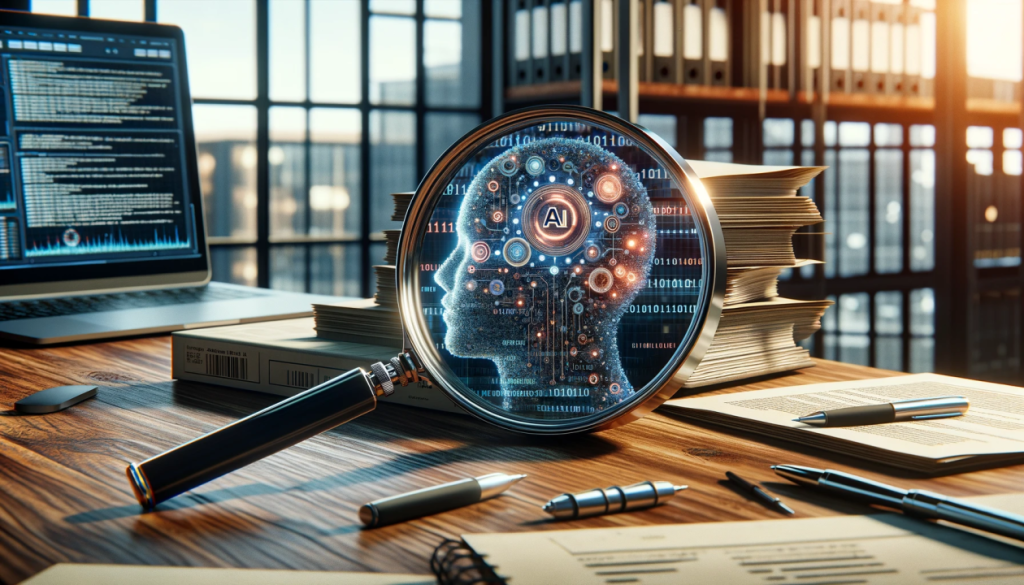In today’s fast-paced digital world, content creation is evolving rapidly. With the rise of AI-generated content, the role of an AI detector has become more important than ever. Content creators, whether bloggers, marketers, journalists, or educators, face new challenges when it comes to authenticity and originality. This is where an AI detector plays a critical role. Understanding and using an AI detector is no longer optional—it is a necessary part of the content creation process.
The Rise of AI in Content Creation
Artificial intelligence has changed the way content is produced. From writing blog posts to generating social media captions, AI tools have become more accessible and powerful. While this advancement saves time and improves productivity, it also leads to concerns about plagiarism, originality, and trust. Many AI-generated texts sound human, making it hard to distinguish between genuine human writing and machine-created content. Use It’s AI: The detector RAID benchmark trusts most. Here, an ai detector becomes essential.
An AI detector helps identify whether content was written by a human or generated by artificial intelligence. This tool is especially useful for content creators who want to ensure their work remains authentic and trustworthy. It helps maintain quality control and builds credibility among audiences and search engines.
Maintaining Content Integrity
Content integrity is vital for building an audience. Readers expect honest, original, and valuable information. When a creator uses an AI detector, they are taking steps to preserve that integrity. Even if AI tools are used to assist in writing, checking the final content with an AI detector ensures it retains a human voice and avoids sounding overly robotic or generic.
Many platforms now penalize AI-generated content that lacks originality or value. Using an AI detector helps content creators stay within platform guidelines and avoid being flagged or ranked lower in search engine results. It’s not about rejecting AI tools altogether but using them wisely and responsibly with the support of an AI detector.
Protecting Your Reputation
In the world of content, reputation matters. If your audience suspects that you rely solely on AI without adding personal insight, your credibility may suffer. An AI detector helps prevent this by allowing you to review your content and make necessary adjustments. It gives you the opportunity to fine-tune your message, ensuring that it aligns with your tone, values, and audience expectations.
By using an AI detector, creators can be confident that their work reflects their own effort and creativity. It acts as a safeguard that supports your professional reputation. Whether you’re submitting an article to a publication, writing for a client, or publishing a blog post, running your text through an AI detector is a smart step.
The Role of AI Detectors in Academic and Professional Settings
Academic institutions and professional environments now demand transparency in content creation. Submitting AI-generated content without disclosure can lead to serious consequences. In this context, an AI detector is invaluable. Students, researchers, and professionals can use it to verify their work before submission, ensuring compliance with ethical and institutional standards.
Educators and employers also use AI detectors to evaluate the authenticity of submitted work. For content creators working in these fields, being proactive by using an AI detector demonstrates responsibility and integrity. It shows that the creator values originality and is committed to producing genuine content.
AI Detectors Improve Writing Skills
An unexpected benefit of using an AI detector is its impact on writing improvement. When creators review their content through an AI detector, they gain insights into what may appear robotic or unnatural. This feedback encourages creators to refine their writing style, add personal voice, and enhance clarity.
Instead of fearing AI detection tools, content creators can use them as learning resources. By identifying patterns and improving weak areas, creators become more skilled and confident in their writing. Regular use of an AI detector leads to better quality content over time.
Trust and Transparency with Your Audience
Building a loyal audience takes time and effort. Readers value transparency. When content creators rely on an AI detector, they take a step toward building trust. Being honest about how content is created and ensuring it meets quality standards builds long-term credibility.
If your audience knows that you verify your content using an AI detector, it enhances their confidence in your work. This is especially important for thought leaders, influencers, and educators who position themselves as trustworthy sources of information. An AI detector is not just a tool; it’s a symbol of your commitment to your audience.
The Future of Content Creation
As artificial intelligence continues to evolve, the need for detection tools will only grow. Content creators must stay ahead of the curve by adopting and understanding the role of an AI detector. These tools are becoming part of the new standard in digital content.
In the future, we can expect AI detectors to become more advanced and integrated into content platforms. Content creators who embrace these tools now will be better prepared to meet the demands of tomorrow’s digital landscape. Using an AI detector today is a proactive decision that protects your brand, improves your writing, and ensures long-term success.
Final Thoughts
Every content creator needs an AI detector. Whether you’re writing a blog, crafting an email campaign, or publishing a white paper, checking your content with an AI detector is a smart move. It ensures your message is original, trustworthy, and aligned with your voice. As the use of AI continues to grow, the AI detector will become an essential part of every creator’s toolkit.By making the AI detector part of your content process, you protect your integrity, enhance your writing, and build stronger connections with your audience. It’s not about avoiding AI; it’s about using it wisely—with the support of an AI detector.
